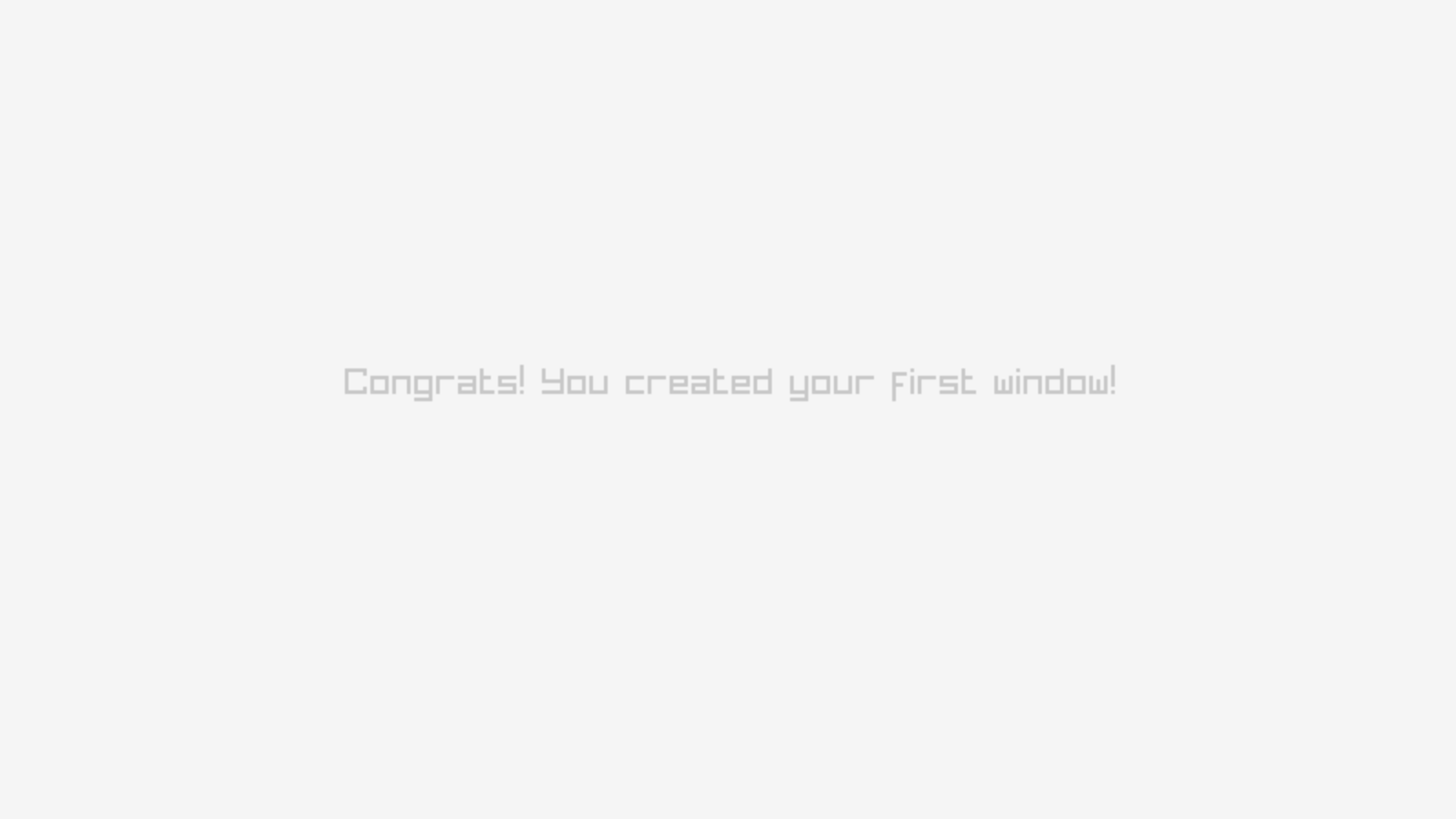Raylib
Tuesday, May 20, 2025
Raylib is a very neat C library that has become popular as a “simple and easy-to-use library to enjoy videogames programming”. Originally released in 2014, it has seen lots of updates including with the latest version 5.5 representing 11 years of updates since the original version 1.0 release.
You can sense the love this library has received from the extensive feature list:
- NO external dependencies, all required libraries included with raylib
- Multiplatform: Windows, Linux, MacOS, RPI, Android, HTML5… and more!
- Written in plain C code (C99) using PascalCase/camelCase notation
- Hardware accelerated with OpenGL (1.1, 2.1, 3.3, 4.3 or ES 2.0)
- Unique OpenGL abstraction layer: rlgl
- Powerful Fonts module (SpriteFonts, BMfonts, TTF, SDF)
- Multiple texture formats support, including compressed formats (DXT, ETC, ASTC)
- Full 3d support for 3d Shapes, Models, Billboards, Heightmaps and more!
- Flexible Materials system, supporting classic maps and PBR maps
- Animated 3d models supported (skeletal bones animation)
- Shaders support, including Model shaders and Postprocessing shaders
- Powerful math module for Vector, Matrix and Quaternion operations: raymath
- Audio loading and playing with streaming support (WAV, OGG, MP3, FLAC, XM, MOD)
- VR stereo rendering support with configurable HMD device parameters
- Huge examples collection with +120 code examples!
- Bindings to +60 programming languages!
- Free and open source. Check [LICENSE].
In 2019, we first included support for version
2.5
of raylib. Over the years, we have updated our bindings to include new
functions and features of new versions. Our most recent two releases, Factor
0.99 and Factor
0.100 included support for version
4.5. And in the current development cycle, we have updated to version
5.0
and then again updated to version
5.5.
It is possible to maintain support for multiple versions, but we have chosen
for now to just target the most recent stable release as best we can.
Generally, the raylib library has been quite stable, with the
occasional deprecation or breaking change which seem to be easy to adjust
for.
As a simple demonstration, we can start with the basic window example – an extremely simple program in the spirit of achieving a black triangle moment – to make sure everything works. We can directly translate this example into Factor using our Raylib bindings – which import the C functions using our convention for kebab-case word names.
USE: raylib
: basic-window ( -- )
800 450 "raylib [core] example - basic window" init-window
60 set-target-fps
[ window-should-close ] [
begin-drawing
RAYWHITE clear-background
"Congrats! You created your first window!"
190 200 20 LIGHTGRAY draw-text
end-drawing
] until close-window ;
And, if you run the example – you’ll end up with this:

Note: if you’re wondering why the background isn’t white, it’s because
RAYWHITE is a special version of not-quite-white that matches the Raylib
logo.
Of course, your examples can become more complex. For example, Joseph Oziel released a fun game called BitGuessr written in Factor using Raylib. And, given the extensive feature list, your simple program written quickly for a game jam might end up including great audio, images, keyboard, mouse, gamepad, 3d rendering, and other features relatively easily!
I’d love to see more demos written in Factor and Raylib. Happy coding!